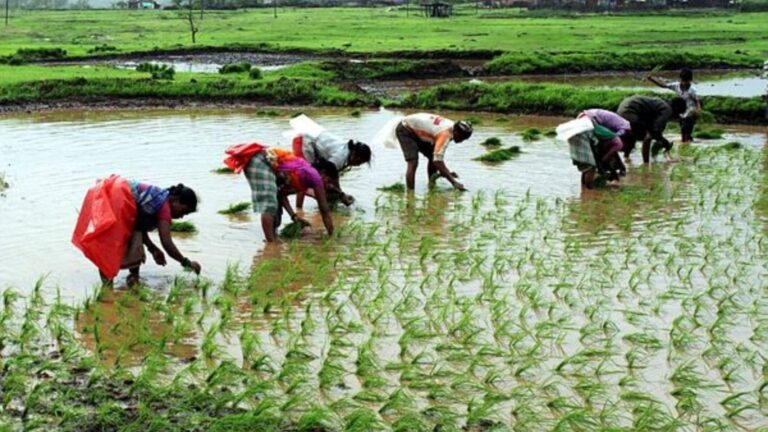
India is set to receive above-average monsoon rains this year, according to the weather office’s latest forecast on Monday. This positive outlook is expected to enhance agricultural output and support economic growth in Asia’s third-largest economy.
Monsoon Rainfall Forecast
The India Meteorological Department (IMD) has projected that this year’s monsoon rains will be 106% of the long-term average. Mrutyunjay Mohapatra, the director-general of IMD, announced this in a virtual news conference, affirming their April forecast. The IMD classifies normal rainfall as between 96% and 104% of a 50-year average of 87 cm (35 inches) for the four-month monsoon season starting in June.
Significance for Agriculture and Economy
Monsoon rains are crucial for India’s nearly $3.5 trillion economy, providing almost 70% of the water required for crops and replenishing reservoirs and aquifers. Nearly half of India’s farmland relies on the June-September rains due to the lack of irrigation infrastructure. Major crops dependent on these rains include rice, corn, cotton, soybeans, and sugar cane.
Ample rainfall is likely to boost farm output, aiding in economic growth and potentially lowering food price inflation. This inflation has recently been above the central bank’s comfort level, preventing cuts in lending rates.
Weather Phenomena and Regional Impact
The La Niña weather phenomenon, which typically increases rainfall in India, is expected to develop between July and September, further enhancing monsoon rains across the country. Mohapatra indicated that southern states, known for rice and rubber cultivation, and central states, which grow soybeans, pulses, cotton, and sugar cane, are likely to receive above-average rainfall. However, key rice-growing states in the northeast may experience below-average rains.
Implications for Crop Production and Exports
In 2023, below-average rains led to reduced reservoir levels and lower food production. This prompted the government to restrict exports of sugar, rice, onions, and wheat. The resumption of exports hinges on a swift recovery in production, dependent on favorable monsoon conditions in 2024. India is a major global producer of wheat, rice, and sugar, and a significant importer of palm oil, soyoil, and sunflower oil.
Seasonal Outlook
The monsoon is expected to reach the Kerala coast on May 31. The forecast suggests average rains for June, though maximum temperatures are likely to remain above normal. Northwestern regions might experience heat wave conditions for four to six days in June, compared to the usual three days.
Overall, the anticipated above-average monsoon rains offer a positive outlook for India’s agriculture and economy, provided the forecast holds true and the rainfall distribution supports key crop-growing regions.






